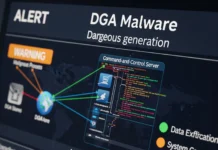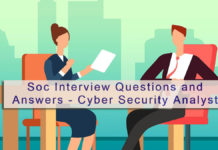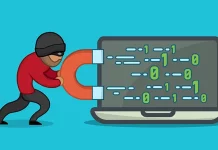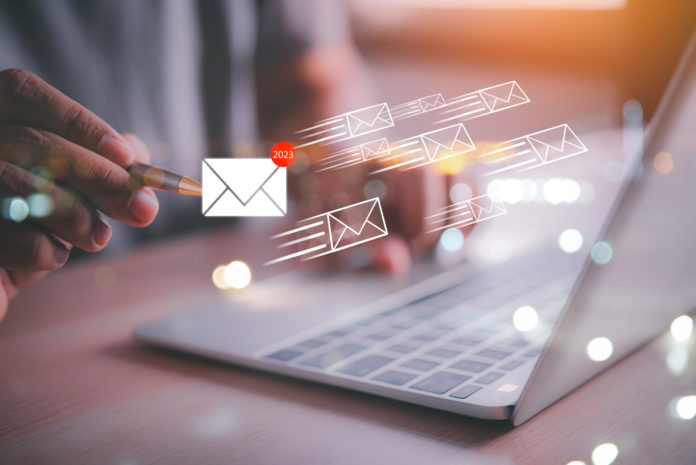
Electronic mail or email has been a primary tool for business communication for several decades. However, cybercriminals are taking advantage of this and launching business email compromise attacks. Today, they deploy various methods such as phishing, malware, and others to illegally obtain critical data from businesses. These attacks can cause significant data, financial, and reputational losses.
Securing your business email is essential due to these issues. You can implement different tactics to protect your data and accounts, making it harder for cybercriminals to access your messages and servers.
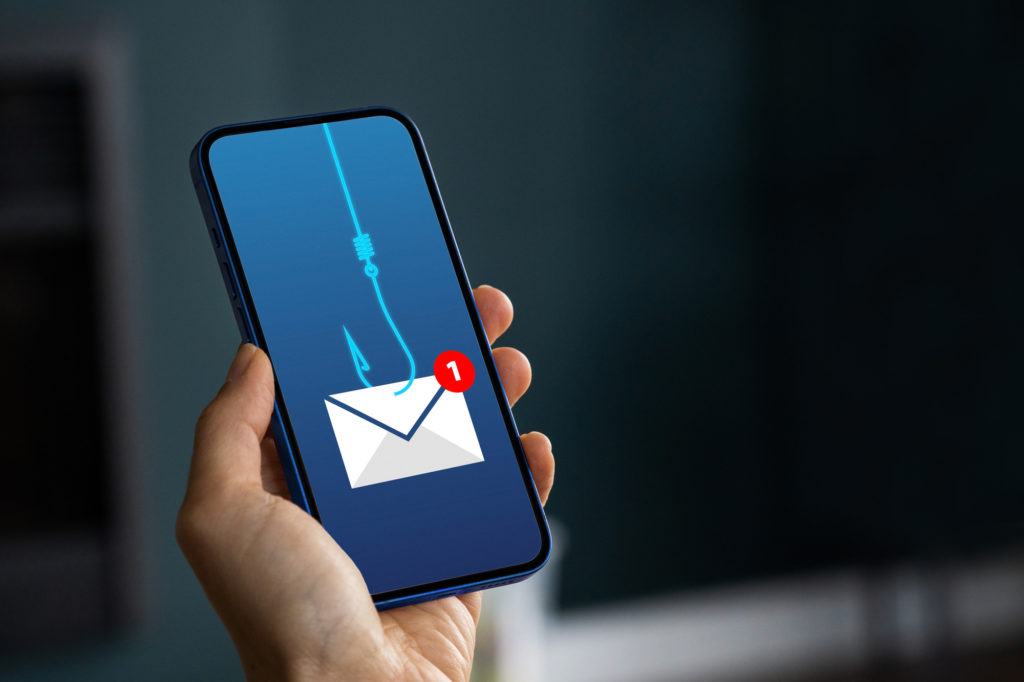
This article provides tactics for reinforcing business email security. But before diving into the topic, it’s crucial to learn signs that someone has accessed your email account. Recognizing these signs is the first step to stopping cybercriminals from causing more harm.
Common Signs Of Someone Accessing Your Email Account
If you want to know whether a hacker has illicitly accessed your email account, watch out for these signs:
- You receive password reset notifications randomly.
- You cannot access your email as the password is invalid.
- You see sign-ins from unknown IP addresses, browsers, or devices.
- You notice unusual emails in your sent folder.
If you’re in Canada or elsewhere and want to prevent unauthorized access to your email, consider hiring the best IT consultants in Toronto or other areas. They’ll know how to avoid cyberattacks and provide convenience along the way.
Tactics To Reinforce Business Email Security
Cybercriminals continually find new ways to access and exploit business data and IT infrastructures. However, you can implement the following tactics to secure your email from cyber threats:
- Use Multi-Factor Authentication
Using a password is typical for securing accounts, but it’s not enough. As businesses store plenty of classified data in their emails, adding an extra layer of protection through multi-factor authentication (MFA) is crucial.
MFA is an authentication practice that requires two or more factors to verify users to access a resource, such as a virtual private network (VPN), application, or online account. There are three authentication factors available for MFA:
- Something you possess (e.g., key or phone)
- Something you’re familiar with (e.g., password)
- Something that proves your identity (e.g., face identification)
Ultimately, MFA’s second authentication factor is a good line of defense whenever the first factor is compromised due to credential stuffing or brute force attacks.
MFA’s effectiveness lies in its ability to combine these different factors, making it exponentially more challenging for attackers to compromise user accounts. As a result, businesses and organizations can better safeguard their sensitive information, reduce the likelihood of data breaches, and maintain a higher level of trust with their users.
While MFA may introduce minor inconveniences to the authentication process, the enhanced security it provides is essential in an increasingly connected and cyber-threatened world.
- Use Spam Filters
Activating spam filters on your business email inboxes is another way to prevent phishing and malicious emails. You can do this by setting out the specifications of what the email should filter out through the email settings options.
Fortunately, most email applications already contain active spam filters that recognize suspicious phishing emails, unusual links, and unknown sender addresses. When the spam filter identifies one of these elements, it will blacklist and remove it from your inbox.
If spam emails are becoming more noticeable in your business’s email account, adjusting the filter settings or using cybersecurity automation will help identify and remove these spam emails.
- Use Anti-Virus Software
Email viruses often spread through suspicious attachments and messages sent to people in the victim’s address book. Hackers can showcase these viruses in various ways, but you can quickly identify some of them as malicious due to their nonsensical subject lines, suspicious senders, or other header fields and body content.
Using anti-virus software that focuses on email security is crucial for such reasons. You should examine whether the anti-virus software has email protection features, such as attachment scanning, email security, and phishing protection.
Some anti-virus software actively scans all files or email attachments immediately as you access them. Others have various anti-spam levels labeled as Minimal, Limited, Balanced, Aggressive, and Restricted. Some anti-virus software even secures your contacts by limiting the chance that your device will deliver infected emails.
Wrapping Up
Email is crucial for businesses that want to communicate efficiently. However, this poses a threat as cybercriminals may exploit email accounts to access sensitive data. Therefore, knowing how to secure your email is important. Eventually, you’ll apply the email security tactics discussed in this article to prevent the repercussions of potential email compromise attacks in the future.





